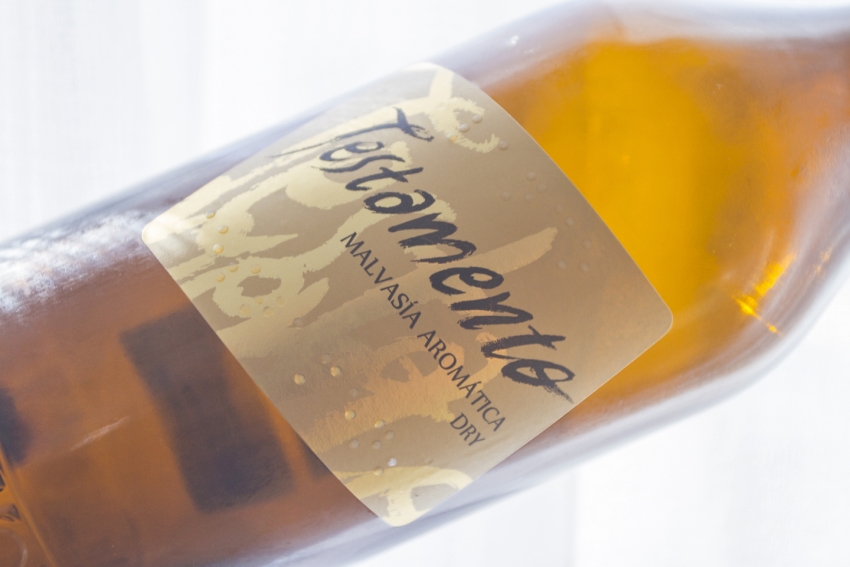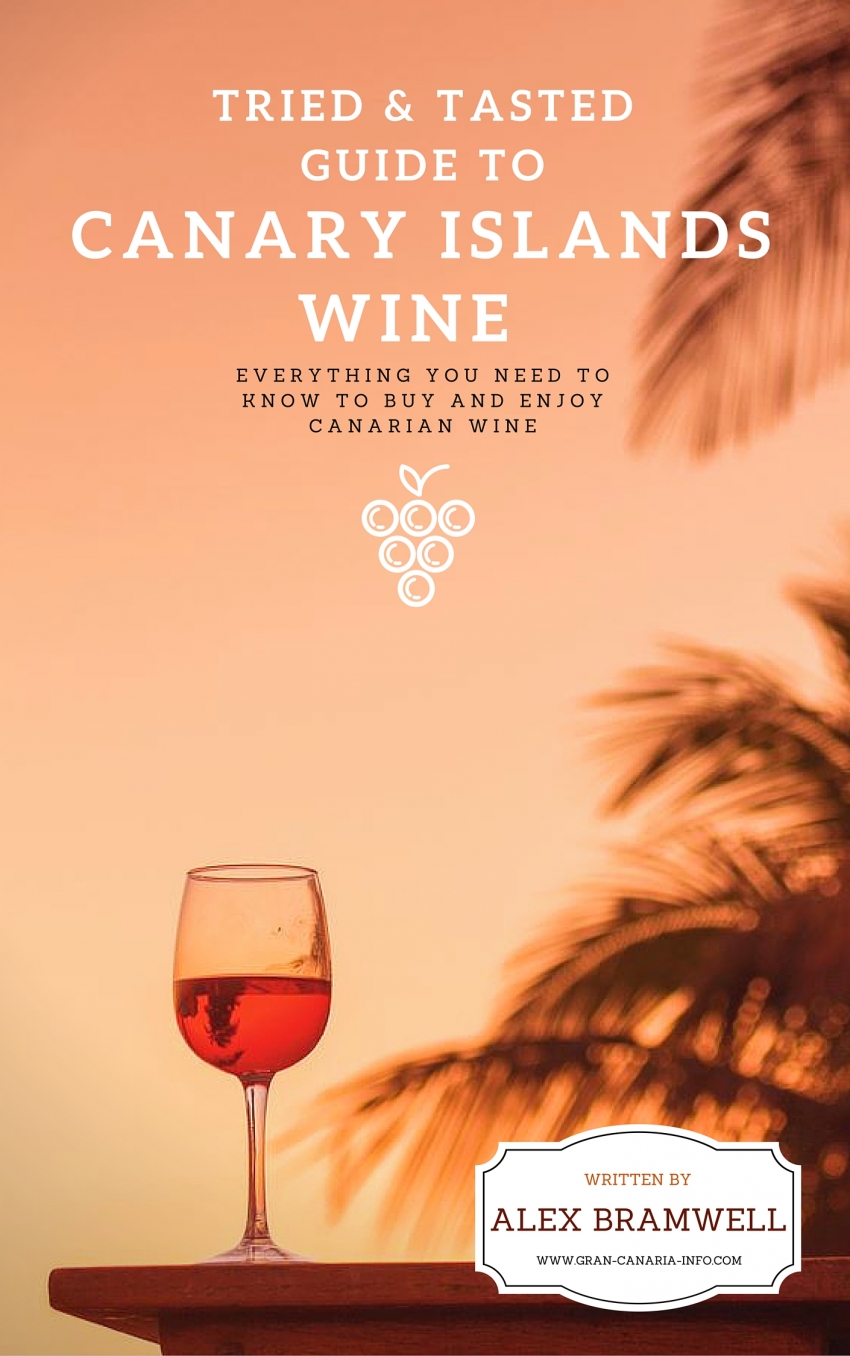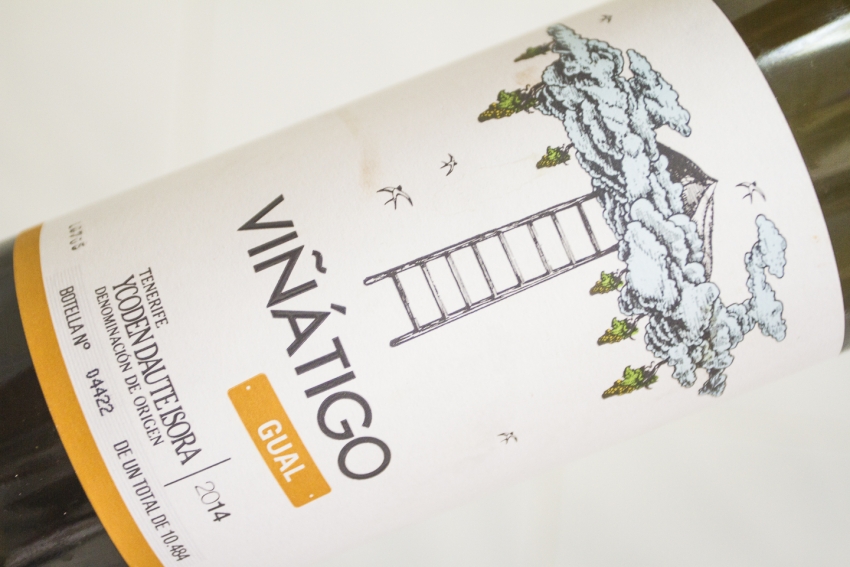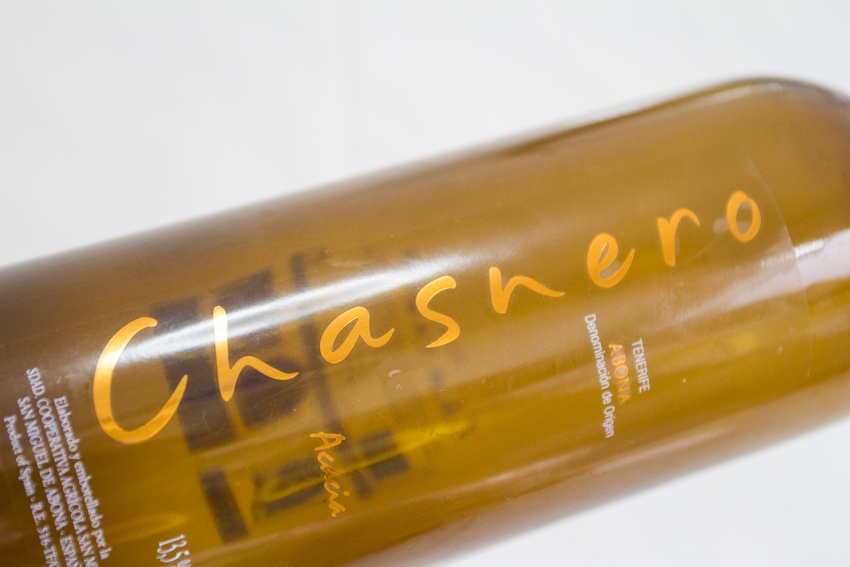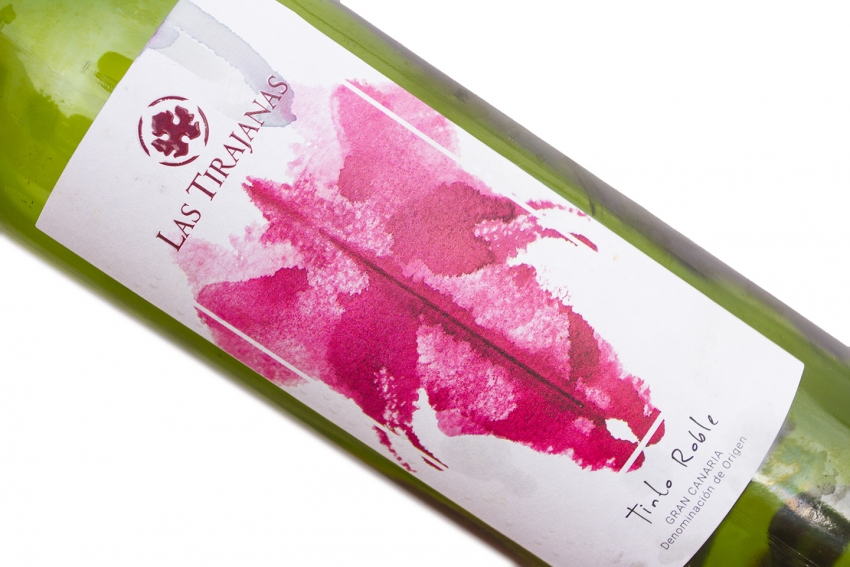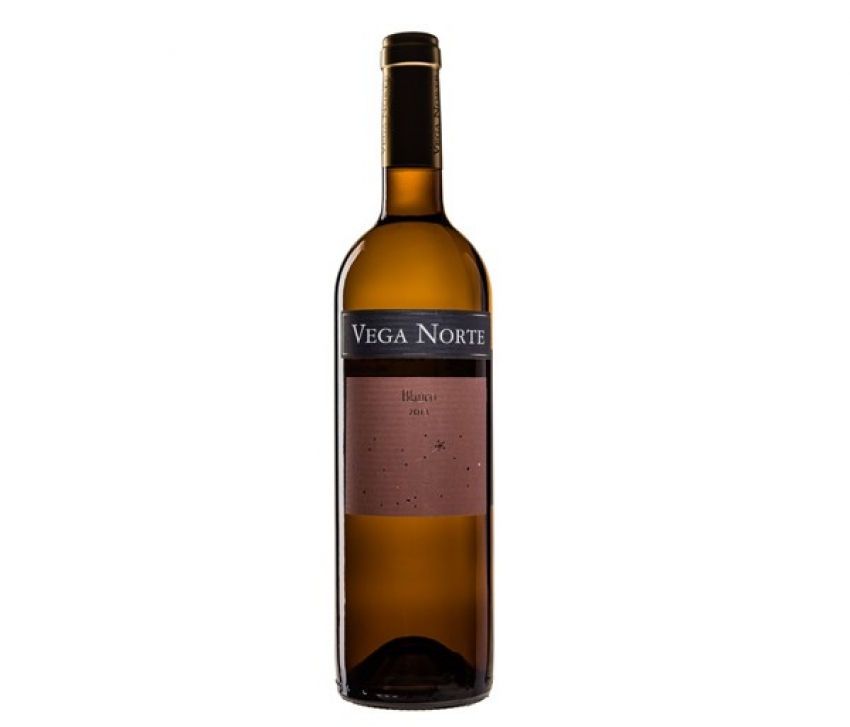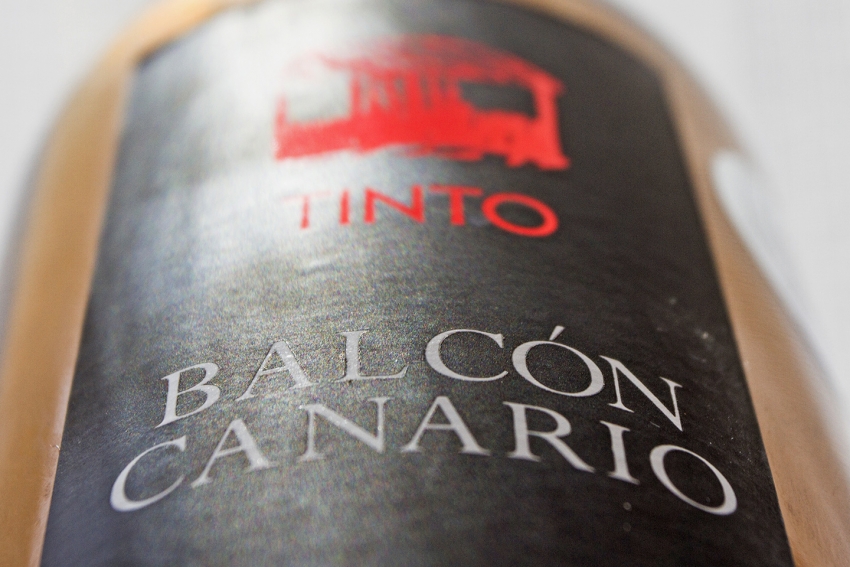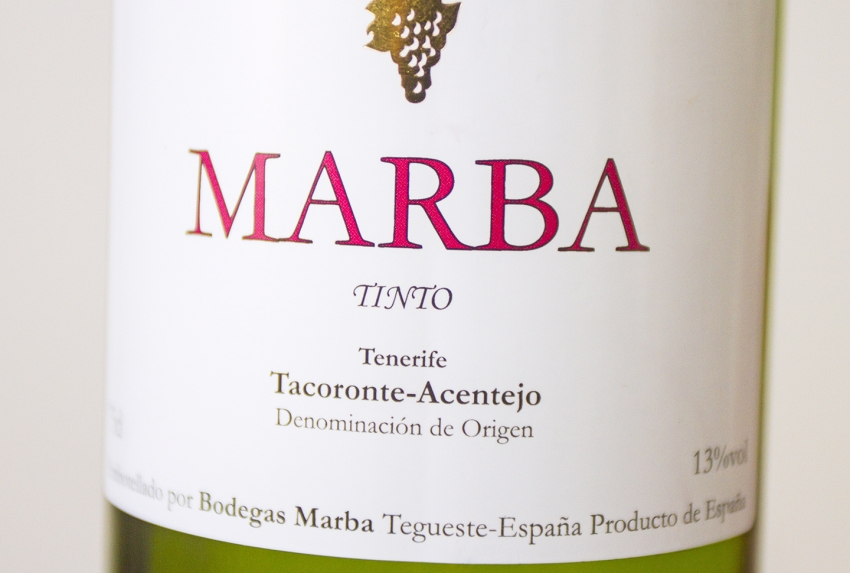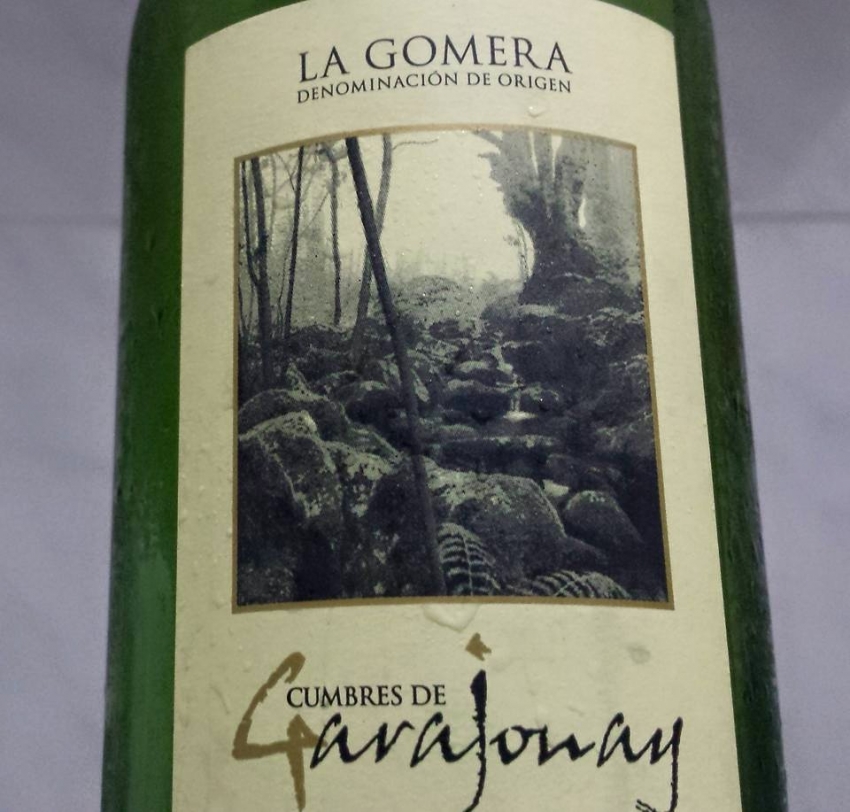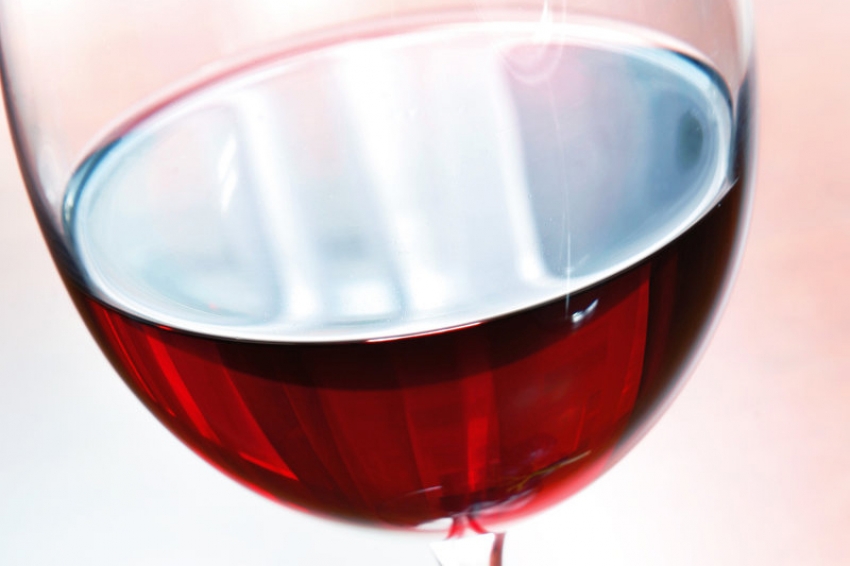How To Spot Fake Canary Islands Wine
Canary Islands wine producers have recently warned about a marketing trick used to sell imported wine as local produce by using Canarian label designs and texts.
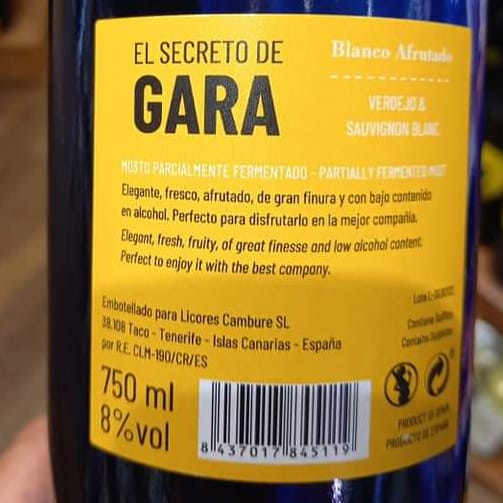 Bottled in the Canary Islands
Bottled in the Canary Islands
A wine that is made from Spanish grapes and imported in bulk can be bottled in the Canary Islands and labelled as "Embotellado en Canarias". With a convincing Canary Islands design on the label, this winer is then sold as if it is local produce in supermarkets and restaurants. The imported wine often uses grape varieties that are also grown in the Canary Islands, such as Malvasia and Albillo, as an added distraction.
Because production costs are so much lower in Spain's vast vineyards, these wines either undercut the local wine producers, or are sold at the same price as authentic Canary Islands wines.
Genuine Canary Islands wine is easy to recognise
This trick depends on people assuming that a bottle that looks like a Canary Islands wine and says bottled in the Canary Islands on the label is a Canary Islands wine.
Fortunately, all genuine Canary Islands wine does have a Denominación de Origen Protejida (Protected Designation of Origin) label system that is easy to spot and guarantees provenance. It's a similar system to the one used to label genuine Champagne or Greek feta cheese.
Real Canary Islands wine have a DO section on the rear label. Gran Canaria, Lanzarote, La Palma, La Gomera, and El Hierro each have an island-wine DO, while Tenerife has five; D.O. Tacoronte-Acentejo, D.O. Valle de La Orotava, D.O. Ycoden-Daute-Isora, D.O. Valle de Güimar, and D.O. Abona. Fuerteventura doesnt have a DO as it only has one wine producer (that we know of).
There is also an Islands Canarias or Canary Wine DO that covers wines made using grapes from more than one island, or from areas of Tenerife that are outside the designated DO zones.
You can see several of these label sections in the image gallery of this article.
Genuine Canary Islands wine, made from grapes grown in the Canary Islands, have one of these DO sections on their rear label. The only exceptions are really local wines made for personal consumption and sometimes sold in local bars and Guachinches.
Protecting Canary Islands wine growers and the countryside
Vineyards and Canary Islands wines have become an important source of income for rural communities and supporting them by drinking local is a great way to keep rural areas vibrant.
There is also no problem if you choose to drink Spanish wine that is imported and sold in the Canary Islands. Spanish wine is excellent and much cheaper than local wine because the vineyards in Spain are huge and mechanised. All wine in the Canary Islands, on the other hand, comes from small vineyards that hand-pick their grapes. Local wine great stuff but you won't find a bottle of Canary Islands wine for less than 10 euros. Decent Spanish Rioja crianza reds, or Albariño whites, start at around six euros.
The problem here is when cheaper imported wine is sold sneakily as local produce and undercuts the local wineries and the local economy.
The practice is dishonest and destructive and we hope this article helps you to avoid being tricked. If you want to try Canary Islands wine, read our Gran Canaria Info wine section, and check the labels.
Testamento: A Tenerife Malvasía That's One Of The Best
This superb dry Tenerife Malvasia was the wine we chose to toast the release of Tried & Tasted: The Guide to Canary Islands Wine.
Tried & Tasted: Guide To Canary Islands Wine
The wines of the Canary Islands, born of lava and sunshine and pressed from rare and ancient grapes, are a the highlights of the islands that most visitors miss out on. We want to change that, so here's the book that helps you understand and enjoy them.
Tutti Frutti: Tenerife's Superb Flor De Chasna White Wine
Canary Islands Wine: A Tenerife Gual Varietal Made For Seafood
Canary Islands Wines: Acacia Barrels Make This A Fascinating Tenerife White
Gran Canaria Wine: Great Las Tirajanas Red
8 Fascinating Facts About Canary Islands Wine
The history of Canarian wine goes all the way back to the Ancient Greeks, and vines from the Canary Islands were the first to be planted in the Americas and Lord Nelson learned to drink with his other hand using wine from Tenerife.
Great Places To Buy Gran Canaria Wine
Gran Canaria wineries make excellent wines, but they are often hard to find if you stay in the resorts.
La Palma Wine: Vega Norte Blanco Is Light And Tasty
The budget dry white from one of La Palma's top wineries, this is a fruity and drinkable wine perfect for a hot day.
Tenerife Wine: Balcón Canario Is A Classic Canary Islands Red
This wine is like a 1980s Russian shotputter; Not because of its dubious origins, enormous legs or chemical content, but because it's won loads of international medals.
Tenerife Wine: Fabulous & Fruity Marba Tinto
A spectacular young red from Tacoronte Acentejo in Tenerife that is one of the best value Canarian wines on the market.
Tenerife Wine: A Canarian Red That Shouldn't Be As Good As It Is
A lovely, smooth Tenerife red made from negramoll, the last appreciated of all Canarian grape varieties.
La Gomera Wine: Cumbres de Garajonay White
The only La Gomera wine available in Gran Canaria and an opportunity to try a grape with a mysterious past and great potential.
El Hierro Wine: Lively Viña Frontera Tinto
Vega Norte: Another Superb La Palma White
We've said it before and here it is again: La Palma white wines are the best value in the Canary Islands. Here's another example of the superb quality you get from La Isla Bonita.
Viña Frontera: Great Value El Hierro White Wine
El Hierro's best-known wine and a fantastic value dry white that everyone who visits Gran Canaria should buy and try.
How To Choose And Enjoy Canary Islands Wine
Wine in the Canary Islands has a long history but has really come into its own in the past 10 years. New vineyards open every year and quality just goes up and up. To help you choose the right wine, here's our top tips for choosing and drinking Canary Islands wine.
Everything You Need To Know About Gran Canaria Wine
Gran Canaria wines are just like the island: Intense and with real character. The more you try them, the more you love them.
Great Value Canary Islands Wines You Have To Try in Gran Canaria
The Canarian wine scene hasn't buzzed this much since Shakespeare's time. New wineries start up every year and there's always a new wine to try. However, because most wineries on the islands are small you can only buy them close to where they are grown. Great if you have the time and transport but a pain if you're in Gran Canaria on holiday.
Gran Canaria Info recommends:
- Default
- Title
- Date
- Random


